Modal Electronics SKULPT is a compact big-sounding digital Synthesizer with 4 voice and 8 oscillators which could convince but also showed some weaknesses in the review.
With the SKULPT, Modal Electronics is showing a compact Synthesizer that does something essentially different from all current inexpensive synthesizers. It is not analog but virtual analog. Is it bad? Absolutely not, it even shows courage to bring such a digital device onto the market at a time when analog (Arturia, Behringer, Korg…) is again a big topic.
Looking back, the decision makes a lot of sense. Since its foundation, Modal Electronics has stood for advanced digital/hybrid synthesis and less for analog. Yes, there is the 008, which is a huge 8-voice analog polysynth, but that was an exception. With the Craftsynth 2, Argon 8 or also with this synth they continue the digital way. It’s time for a Modal Electronics SKULPT review.
Overview
Modal Electronics SKULPT (Synthesiser) is small, compact but includes a very impressive 4-voice virtual analog engine. It offers two oscillator blocks with continuously morphable waveforms: Wave 1 ( sine, triangle, saw, square to PWM) & Wave 2 (sine, triangle, saw, square, noise, low pass filter down to -inf dB). Sound design tip: you can modulate both morphing functions very easily with an LFO, envelope… but also record in the sequencer. More about this later. Both signals can be combined in a mixer section and further manipulated with additional FM or ring modulation. PWM is only available directly in the morphing section, not as a dedicated feature. Too bad, you can’t sync the oscillators.
Skulpt can be played in monophonic, duo-phonic or four-voice polyphonic. The special highlight of this synth is the spread function which is located in the “play” mode settings. This function allows you to expand the number of oscillators to 32. More precisely, in mono operation, you have all 32 oscillators, in duo two voices with 16 oscillators and poly 4 voices with 8 oscillators per voices. Pretty impressive for such a small synth. This leads to very fat sounds. Simple oscillator spreading was probably not enough for the Modal developers, so they expanded this function with scale support which is very helpful. So you can build very quickly chords.
Next to the mixer, we have a 2-pole resonance-capable multi-mode filter where our two oscillators are routed into. Instead of selecting the individual filter modes, you can here morph through the three different characteristics (lowpass, bandpass to highpass) similar to the oscillator morphing. With this function, very unique facets of the filter can be discovered, which are normally not known from classic VA designs. You can also record these morphing in a sequence. The filter sounds very good and almost excellent. It grabs nicely and can also be very aggressive if you work with distortion in the sound. Well done.
On to the modulators. SKULPT features three full ADSR envelope generators, one for the filter, one for the amp and one freely assignable. There are also two LFOs working in the audio range. A big plus point for the simple modulation matrix that offers 8 slots with 8 sources and 37 destinations. Also nice, there is velocity and aftertouch in the modulation. However, this can only be used with an external keyboard. On the whole, Modal Electronics has put a lot of effort into giving the user many options in the modulation section.
Also onboard is a real-time sequencer with up to 128 notes + 64 slot memory and a fully equipped arpeggiator with division, direction, octave, swing and sustain. The sequencer can do even more: it allows you to record 4 parameters in a sequence. If you record a parameter (cutoff, wave morphing …), a nice step visualization appears on the SKULPT interface. However, if you want to record or edit the steps more precisely, you should use the editor. This process is simplified here.
Finally, sounds can be refined with a distortion (waveshaping overdrive) and a more classic delay. The distortion has a lot of character, the delay sounds a bit pale but is good enough. You should also know that you can poly chain the synth and create a maximum 16-voice Synthesizer using 4 units. Couldn’t be tried in the review because Modal Electronics only sent one SKULPT over for testing.
Operation Not Without The Editor
An important point of a Synthesizer in addition to its sound capabilities or quality is its operation. As already said, Skulpt is a Synthesizer that you can take anywhere in your pocket. So it is small and practical, this decision also has consequences on the interface, which is automatically limited. But don’t worry, the developers managed to integrate all functions on the interface. A trick was used for this: a submenu that can be reached with a shift function. For some other functions, a knob is installed with which you can switch per example between the different envelopes (amp, filter…) But is the whole thing easy to use?
Let’s put it this way, some musicians will love it, others will hate it. For me, the operation is too fiddly with the many shift functions. I think it’s very nice that the developers have placed a lot of knobs on the device, but this makes the whole thing a little crowded. Above all, the labels on the gray/orange interface are not so good visible with the many controls.
To remedy this, the developer offers a well-structured free editor for PC / Mac / Android and iOS that is gold-worthy. With this one, in my opinion, you can only recognize the versatility and power that is in the Modal SKULPT. If you want to build your own sounds for a long time, you cannot avoid them because at some point you lose the pleasure of the Shift functions. Also, the sequencer functions or parameter automation can also be set better and more precisely here.
Since the Synthesizer communicates completely with the editor, it is logical that it can also be programmed with MIDI CC, which is nice to see. There are also functions on the built-in touch keyboard, especially for the sequencer. The keyboard is conditionally usable in my eyes. It’s nice that you have one that you can play with quickly. It lacks the real feedback of a normal keyboard. It is not really the big fun to touch it and often reacts to interactions relatively late (proper recording of sequences…). The overall operation is not perfect, there are some problems I mentioned. With the editor, they solved this problem nicely.
Connections
Many budget synthesizers have a problem, they don’t have enough connection options. SKULPT is different here. On the backside, there is a classic MIDI input/output which I like very much. Often MIDI is offered via adapters, which I don’t like. Thanks, Model for this. Then there is sync in/out with which you can sync the Synthesizer with Korg Volcas per example, a line out and a headphone jack. There is a big minus point for the line out, which is only mono. This is a pity, this would not have made the synth much more expensive and one could have used beautiful polyphony. Poly and mono output are rather unsexy.
With the switch on the right side, you can choose whether you want to operate the synth with USB (computer, power supply or power bank) or with 6 internal batteries. In practice, I was able to work with simple batteries for a long time, so very good for a mobile setup.
Build Quality
SKULPT Synthesizer is processed quite well but it is a lightweight plastic bomber. For many, this may not sound so nice, but in reality, it feels much better and solid. Since it stands for portability, it is absolutely okay that it is made of plastic.
A big no go goes to the pots that I don’t like at all. I already reported this in the review of the Craftsynth 2. Here it is not better. They don’t feel good, have little resistance and do not convey a good feeling to the musician, especially those who love to tweak parameters live. Unfortunately not nice, sorry Modal.
Sounds
How does this compact synth of the British company Modal Electronics sound? Very good, even excellent I would say. Even if the engine is a rather classic virtual analog, unfortunately without sync, it was significantly more flexible and versatile in the test than other VA I played. Punchy, brutal, massive, rough to large bright, to say just a few sound characteristics.
You can also bring it to very crazy areas if you work very specifically with the automation parameters. Then very little sounds like a virtual analog synth. It sounds very massive and fat especially if you benefit from the possibility of pumping up the number of oscillators to 32. If you are looking for something more complex that go into great detail, I would suggest the Craftsynth 2 with its wavetable engine more. SKULPT is more about power and getting to the point. But don’t be fooled by the big sound. It can manage nicely all fields of ambient music with its beautiful large pads sounds and bright pluck/key sounds. For me, 5 out of 5 points with a star.
Modal Electronics SKULPT Review
On the whole, SKULPT from Modal Electronics was convincing in the review. Even if the knobs, the polarizing interface layout and the limited keyboard don’t give the best impression on the SKULPT, the excellent sound quality, the battery operation, and the editor could make up for it. Even if we are talking about a relatively simple virtual analog engine (without sync) it’s significantly more flexible and fine compared to others. From brute bass, classic FM to large bright pad sounds known from analog synths. No problem for it so a 5/5 with a star for the sound, a 3/5 for the operation.
Modal Electronics portable VA synth can also score with its lightweight design, portability and large number of connections, including true MIDI input/outputs. Proper MIDI connections for the win. Not everything is good here, the built-in audio out is unfortunately only in mono. For the current price of 270€, SKULPT offers a lot: a very good feature-set, a fantastic sound, and a nice format that has some weaknesses.
German Review & Sound Demo
Positive
- engine flexibility
- sound quality
- velocity & aftertouch support
- connectivity (true MIDI In/Outs, sync in/out)
- battery-operated or via USB
- intuitive PC/Mac/Android/iOS editor
Neutral
- interface design
Negative
- knobs
- touch keyboard
- mono output
Modal Electronics SKULPT Synthesizer is available now for around 270€ worldwide.
More information here: Modal Electronics
Available at our partner

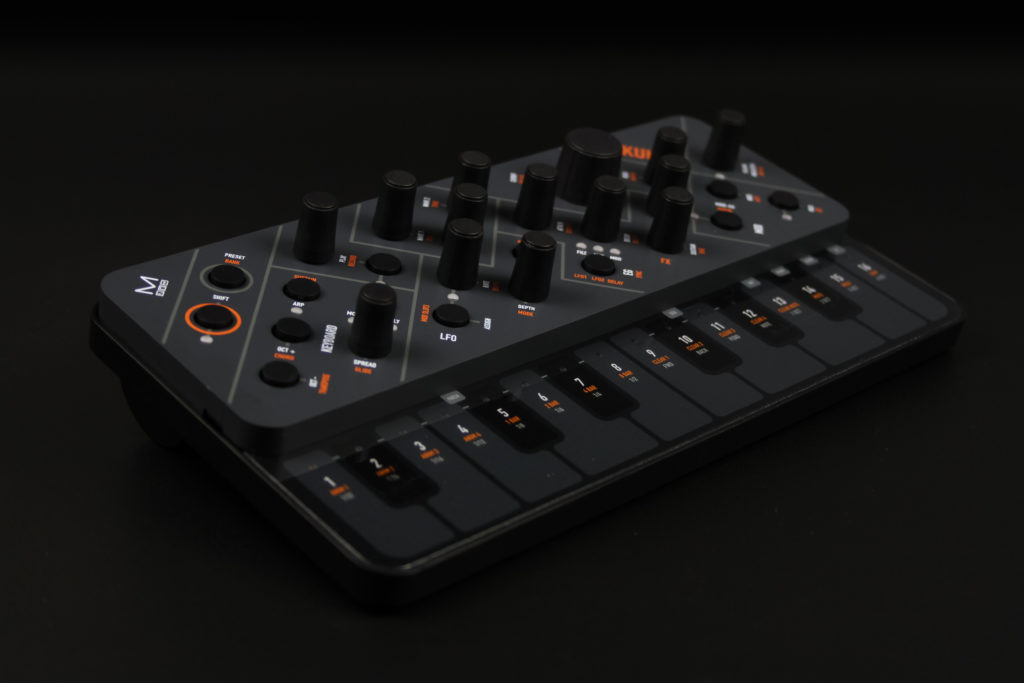
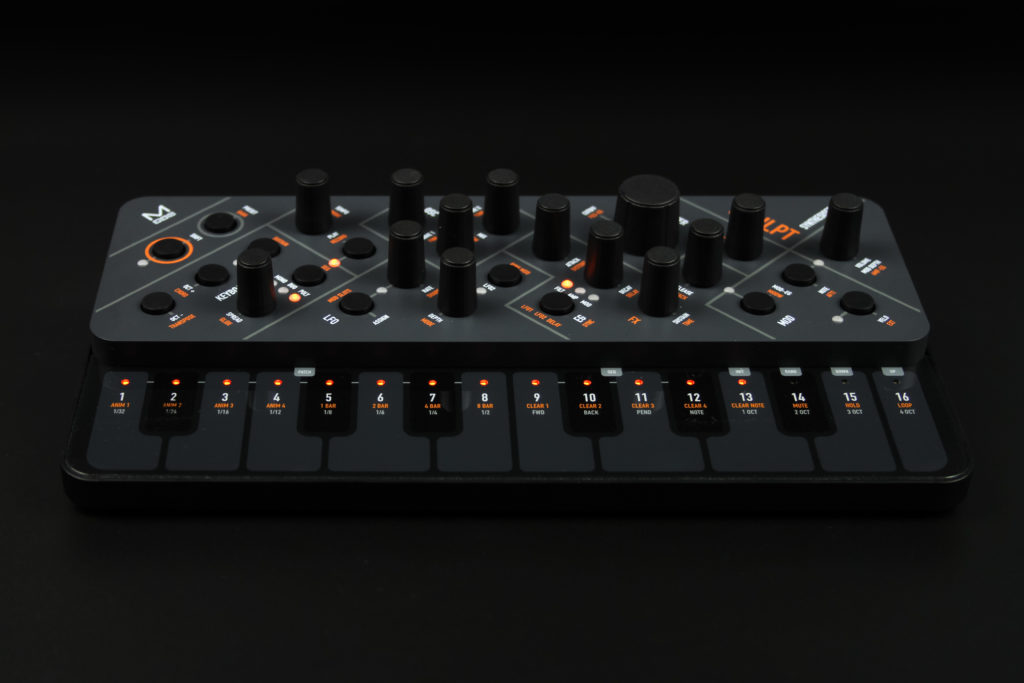
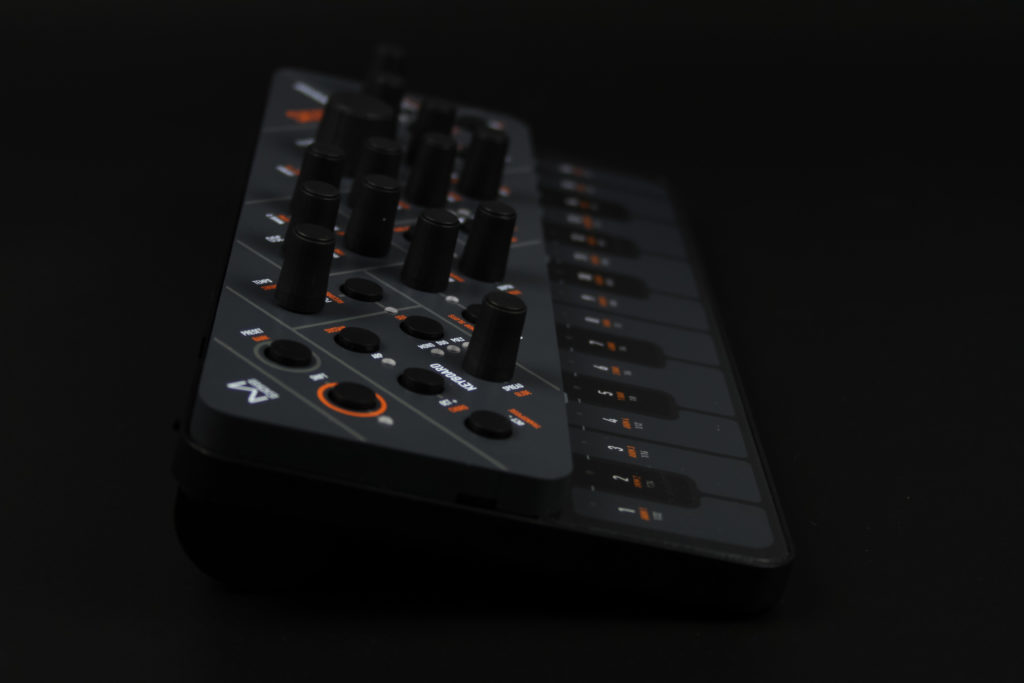

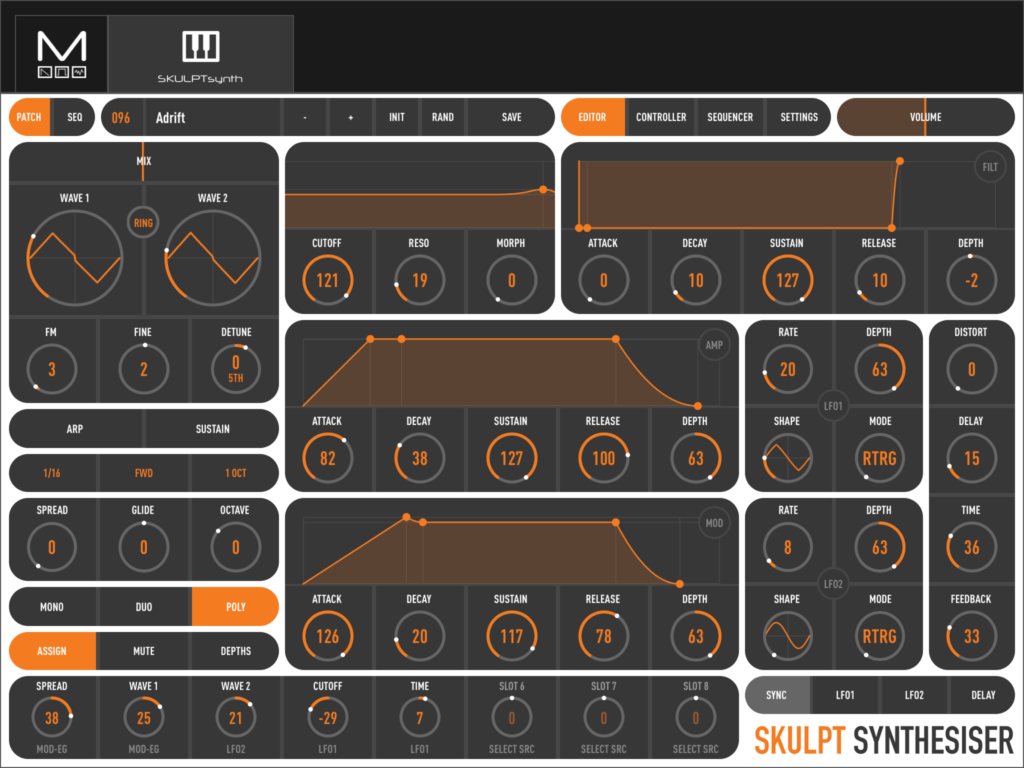
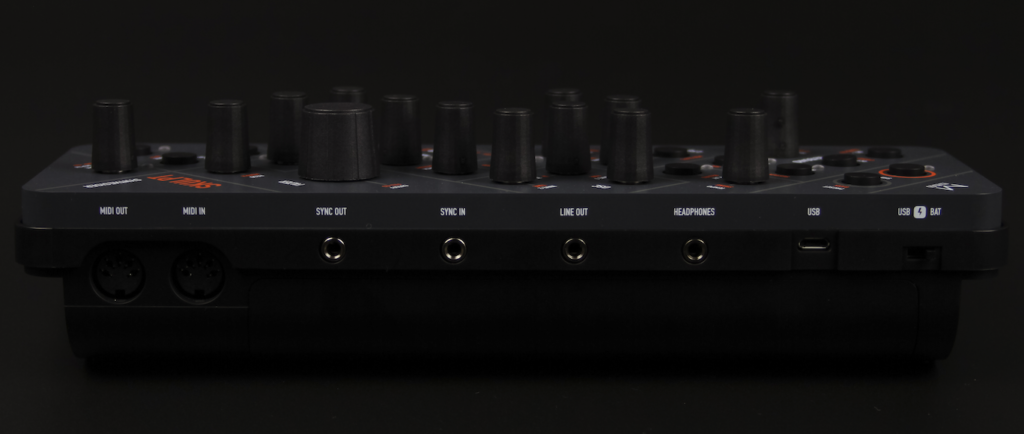
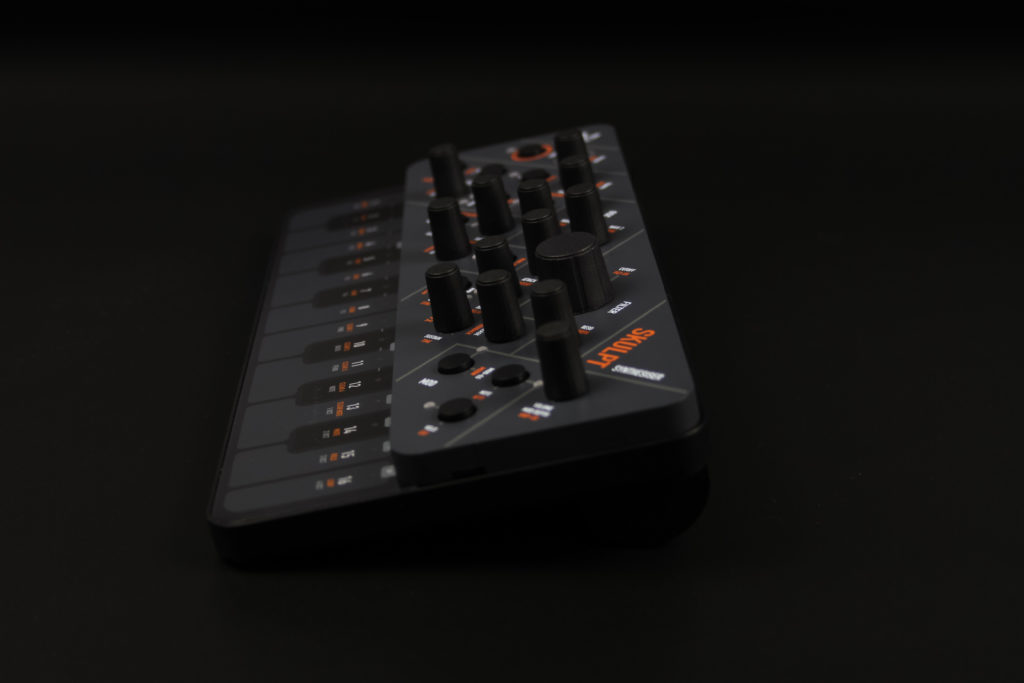
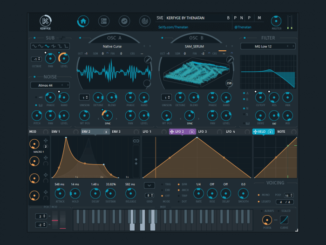
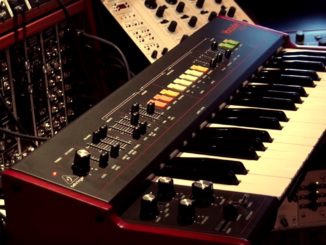
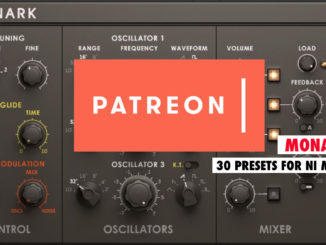
I can recommend polychained Skulpts … two are great, four HUGE! Played with an external Linnstrument, keyboard, etc., with the 2-4 outputs mixed to act as stereo it makes for an enormous sound!